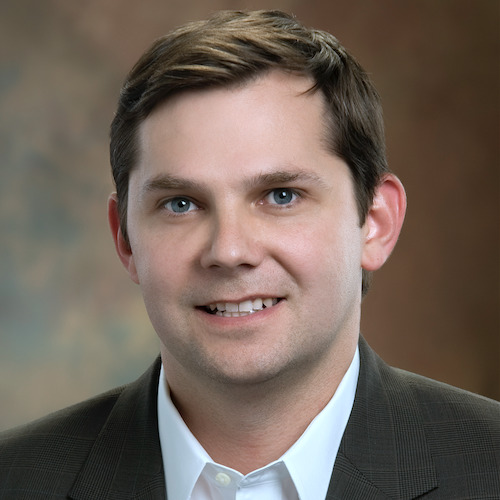
Before COVID-19 swept through senior living and other long-term care facilities, a different kind of crisis had the attention of operators and senior advocates. As elders with complex care needs grew in number and facilities took on more residents and patients, it seemed even fewer numbers of staff were in the system to care for them.
It’s easy to think of this situation in simple terms, even as the long-term care staffing issue becomes more dire. When staff members leave, some may believe that others can be added to replace them, by lowering access barriers in recruiting employees with non-nursing skills, if need be. But beside complicating facilities’ ability to deliver the highest quality of care and services, this idea ignores the core reasons why greater recruitment seems largely fruitless — and why turnover in the sector is as high as 128% in the first place.
At their best, long-term care facilities foster deeply rewarding careers and nurturing environments for some of society’s most vulnerable members. But longstanding financial and logistical pressures mean they can be stressful places to work. Training and pay levels, often at or slightly above the minimum wage, lead workers who are most qualified to care for seniors with complicated conditions to careers in hospitals or clinics instead — or even outside the sector entirely. And then there’s the “Great Resignation.” While one report points to systemic staffing issues that existed well before the COVID-19 era, the post-pandemic workforce has become even more selective in the roles they gravitate toward, much to the disadvantage of recruiters and employers.
By the year 2050, as many as 15 million older adults could be in need of complex long-term care. The stakes for resolving the staffing crisis are high as a result, but efforts that solely focus on recruitment in lieu of deeper changes are likely to come up short. Instead, an approach combining technology, a greater investment in training and more emphasis on worker well-being will have a more definite effect on facilities, their staff members and residents/patients alike.
First, although technologic solutions are not a cure-all, they can give facilities significant relief for various operational pressures they face. Depending on the precise tools applied, digital technology drives improvement in staff communication and care and service coordination and delivery. Automating or outsourcing some processes to sophisticated tech systems could relieve overwork — a key driver of neglect — and serve as a solution, at least in the short-term, to headcount shortages.
Of course, both are dependent on facilities’ ability to budget for these investments, a significant expectation in the context of a financially sensitive post-pandemic period. But highly targeted approaches and a technology partner that provides as comprehensive a service package as possible can help mitigate these complications. Technology should be adopted with specific goals and expectations, not as a panacea for every operational problem that ails a facility.
The second focus area must be a pivot from purely skills-based training to a holistic model of employee development. Skills, knowledge and a sense of ownership and belonging are all interdependent.
It’s crucial that workers are able to recognize and even manage infectious disease control, lead and innovate on falls prevention practices, and have a good understanding of safe medication management. From this basis, facilities should then afford their highest performers the opportunity to further develop their expertise and be promoted in these areas — and make clear from the start of the employment relationship that such advancement is a possibility.
Once a sense of ownership of a job and its responsibilities is triggered in the mind, it positively affects future choices the employee makes. In this sense, the shift to an employee development focus for workers is a direct investment in care quality at these facilities. So is worker well-being.
The third focus area is examining how standards of well-being can be raised in an industry that, fairly or not, often has a negative reputation for its conditions. Competitive remuneration, although important, is only one piece of the puzzle. Another is a formal corporate wellness program initiative, promoting such policies as work-life balance, a “right to disconnect” technologic devices, safe and manageable hourly shifts and breaks, and the employee’s adoption of healthy lifestyles — which should not only be endorsed, but made as easy as possible by the facility.
Every player in the long-term care sector has a stake in addressing staffing challenges. Building strong, healthy environments fit for the future is a critical investment and will go further than quick fixes in solving today’s labor dilemmas.
Brian Evans is senior care practice leader at Adams Keegan.
The opinions expressed in each McKnight’s Senior Living marketplace column are those of the author and are not necessarily those of McKnight’s Senior Living.


